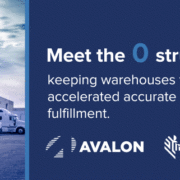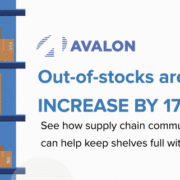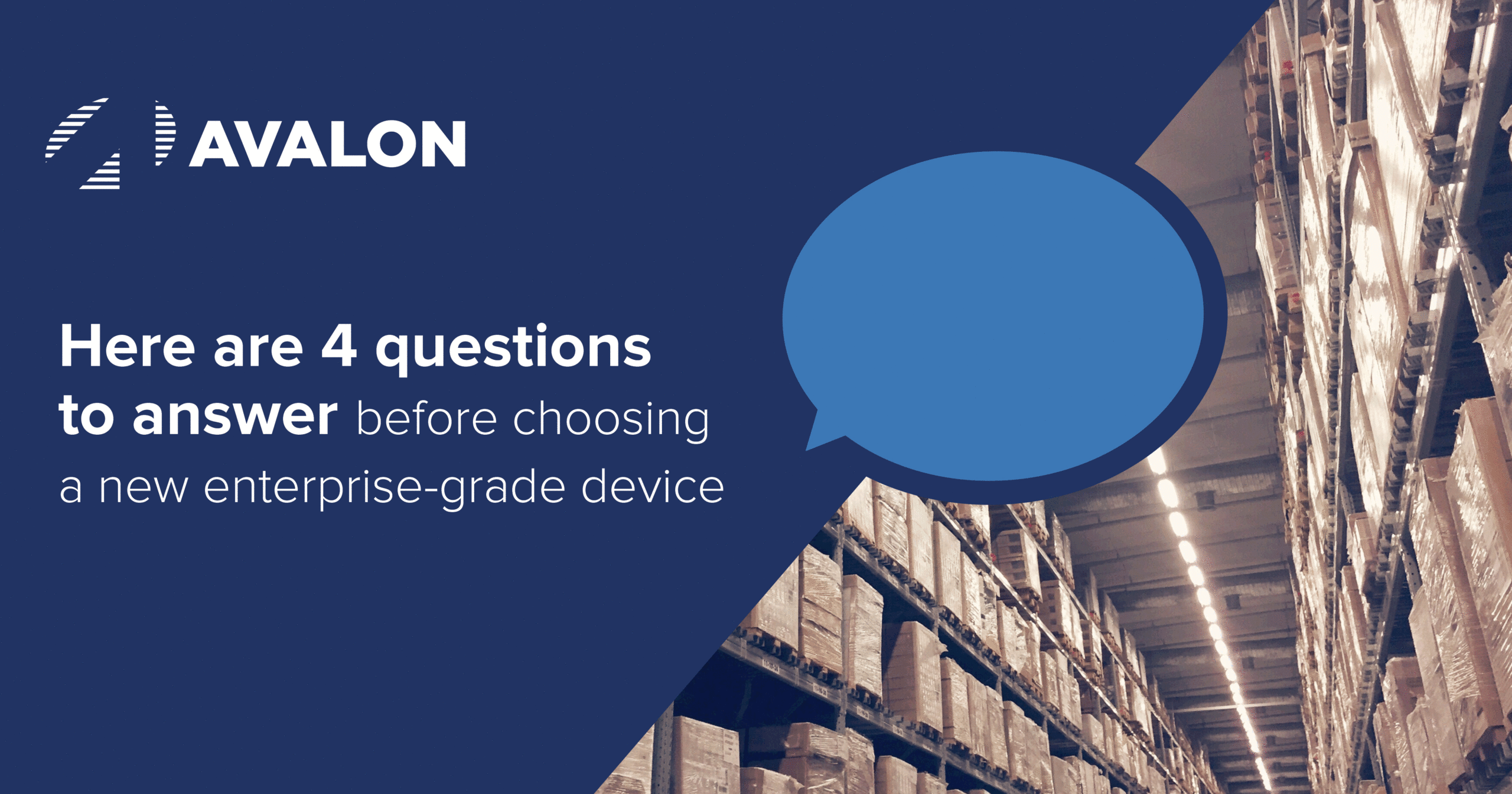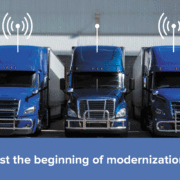From first responders to field technicians to manufacturers, today’s workflows depend on agile performance from workers and technologies alike. Fast real-time updates prevent communication breakdowns, expand inventory control, and facilitate employee tracking, all culminating into maximized uptime and lowered operational costs. To accomplish this in a myriad of environments, Zebra’s newest 2-in-1 Windows Tablet was developed with flexibility in mind. Joining the versatility of an enterprise Windows platform with dependable security and high durability standards, the rugged tablet is expected to redefine enterprise flexibility as noted in our Product Knowledge video below:
The Delay is Over: Transform your Workflows with one Future-Forward Solution.
As supply chains and crucial operations become ever more connected, next generation technologies must aim at expanding accessibility to diffuse vital data safely and efficiently across the entire workforce. This allows workers to cultivate teamwork in any environment by:
- Enabling remote workflow monitoring – Windows 10 delivers real-time visibility to connected devices. Moreover, the tablet’s detachable keyboard provides a laptop functionality suitable for administrators, thus standardizing device selection across the whole operation.
- Preventing data breaches – Multiple authentication layers, credential validation, and Windows Hello facial recognition allow users to have tiered security levels, preventing accidental sharing or cyberattacks.
- Unifying entire teams in and out the four walls – Connectivity is indispensable to ensure smooth workflows. That’s why the ET80/85 leverages several connectivity options such as 5G, Bluetooth, and even WiFi 6 to help teams plan and update routes based on real-time information. Further sustain team communication with Zebra’s Workforce Connect for push-to-talk capabilities and secured text messaging, all deployed through your tablet.
- Facilitating on-the-spot quality control – Continuing the legacy of purpose-built technologies, the ET80/85 integrates a handheld scanner along with high resolution cameras for on-the-spot data capture. For manufacturers, this means quality control can happen in multiple locations within workflows to prevent recalls and ascertain traceability.
In addition to these benefits, expected high durability and ergonomic factors are still in place, safeguarding ease of use and device longevity. Download the ET80/85 fact sheet to see more new benefits.
How to make it yours:
As a Zebra Premier Solutions’ Partner, Avalon facilitates modernization by removing the obstacles of device procurement, software integration, staging and kitting, and more. To see how and where Zebra’s new tablet benefits your workflows, schedule a preliminary modernization assessment with our specialists and carefully evaluate optimization areas in your facility.










